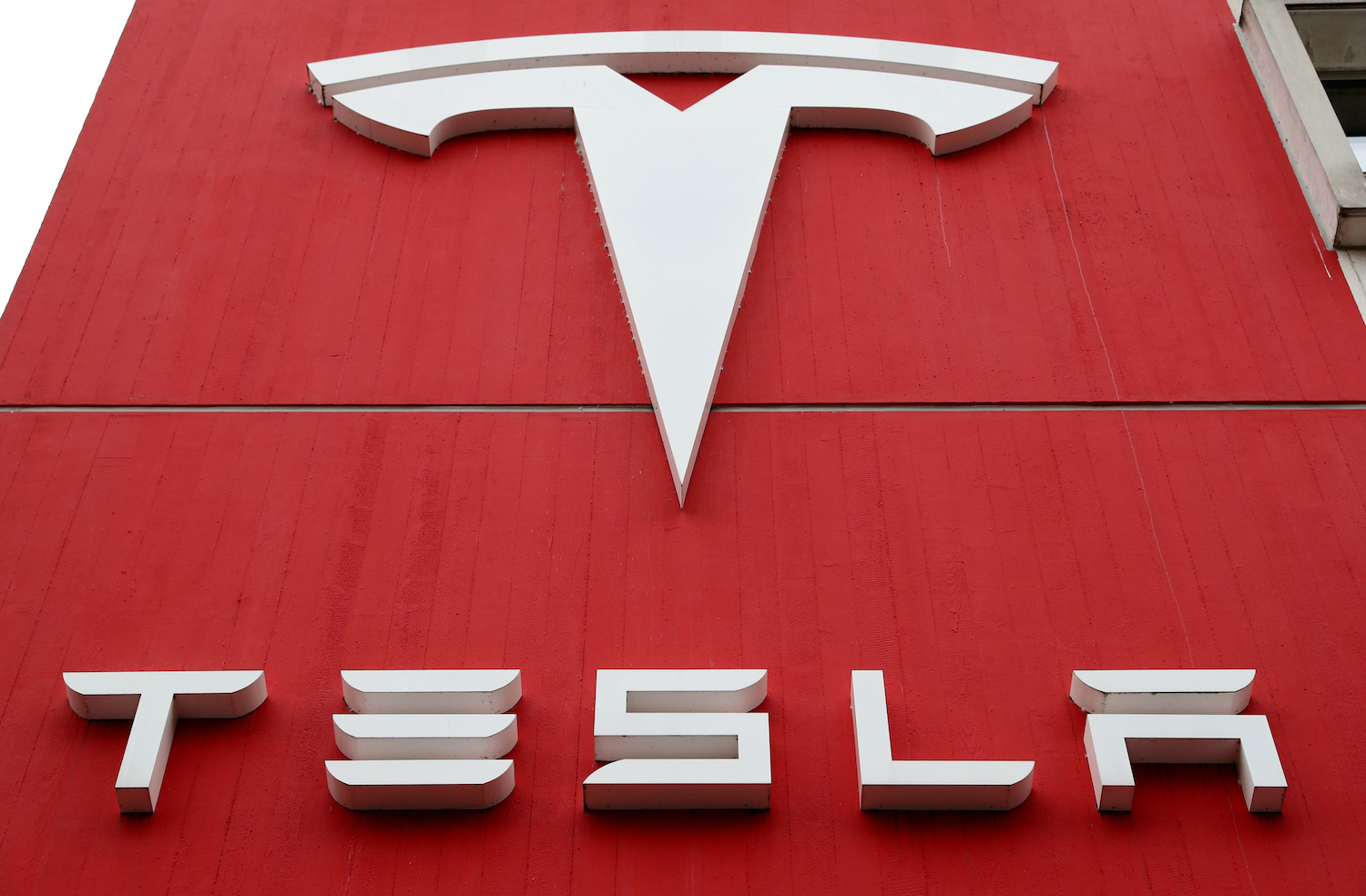(ATF) Just a few months after revealing plans to build a supercharger factory in Shanghai, Tesla announced on Wednesday the facility was completed and put into production.
“With the strong support of Shanghai municipal governments at all levels and Tesla’s rapid advancement, Tesla’s Shanghai Super Charging Pile Factory was officially completed and put into production, representing the industry’s leading third-generation super charging pile (V3) was officially off the assembly line,” Tesla’s China Charging Team said on its Weibo channel.
According to plans revealed by Tesla in November, the facility, which is near its car plant in Shanghai, will have capacity to make 10,000 third-generation V3 Superchargers a year. Planned investment in the factory is 42 million yuan ($6.4 million).
The V3 Supercharger has a power output of up to 250 kW.
The construction project was erected in August 2020, making it less than six months that the project was completed from start to finish, Tesla said.
China, which offers hefty subsidies for electric vehicles as it seeks to cut down on pollution from petrol or diesel cars, has been expanding its nationwide network of charging points, one of the biggest challenges to encouraging adoption of EVs.
Until now the Superchargers being installed in China came from Tesla’s facilities in the US. With a local supply, the automaker expects to expand their charging infrastructure in China at an even faster pace.
Tesla already has more than 730 Supercharger stations covering more than 300 cities in China. In 2020 the automaker built more than 410 Superchargers, of which more than 180 were V3 stations.
China pushing for standardised charging
However, market observers have pointed out uncertainties about Tesla’s investment in creating an exclusive charging network as the country is pushing for standardised charging sockets.
“Tesla has about 5,000 superchargers in China exclusively for owners of their cars, in an attempt to make charging even more convenient for their owners. It is uncertain, though, whether this really gives much of an edge to the brand in China since the country is deploying standardized charging sockets (China GB/T), ie, any new energy vehicles will be increasingly able to charge up at any public charging piles available, a distinct advantage compared to nations without standardisation,” KPMG said in a report last week.
Tesla has seen astronomical growth in sales in China, and thanks to localising its production at the Shanghai factory that make the Model S and Model Y more affordable, figures are only going up.
Last year, Tesla sold 137,000 EVs in China, which has become the company’s fastest-growing market accounting for 27.5% of its global sales.
The fully localised Model 3 has emerged as the top-selling EV model in 2020. It held 11% of the total EV market share in China in 2020, selling 139,925 vehicles.
The second closest competitor was the Wuling HongGuang Mini EV from General Motors’ joint venture with Shanghai Automotive Industry Corporation (SAIC) and Wuling, a subcompact battery electric vehicle (BEV) with 119,255 total sales.
The China-made Model 3 has raised gross margin for Tesla by over 10 percentage points, compared with its counterpart made in the US, according to the research of CITIC Securities.
“The main difference between the costs of manufacturing is the depreciation of fixed assets (down 60% in China) and the cost of spare parts (down 15%) in China. The gross margin of US-made Model 3 is less than 20% while that of China-made Model 3 is about 30%,” Song Shaoling, chief analyst of the NEV sector from CITIC Securities, said.
The US electric car market revealed in its fourth-quarter (Q4) financial report last week that the Shanghai factory is capable of manufacturing 250,000 units of the Model 3 per year, as well as 200,000 units of the Model Y, for which production started at the end of last year.
Some of the EVs built at the plant are sold in China while others are exported to Europe and other markets.
Tesla posted revenues of $10.7 billion for Q4, up 46% year-on-year. Its adjusted fourth-quarter profit was valued at 80 cents a share, missing analysts’ consensus estimate of $1.03.
























